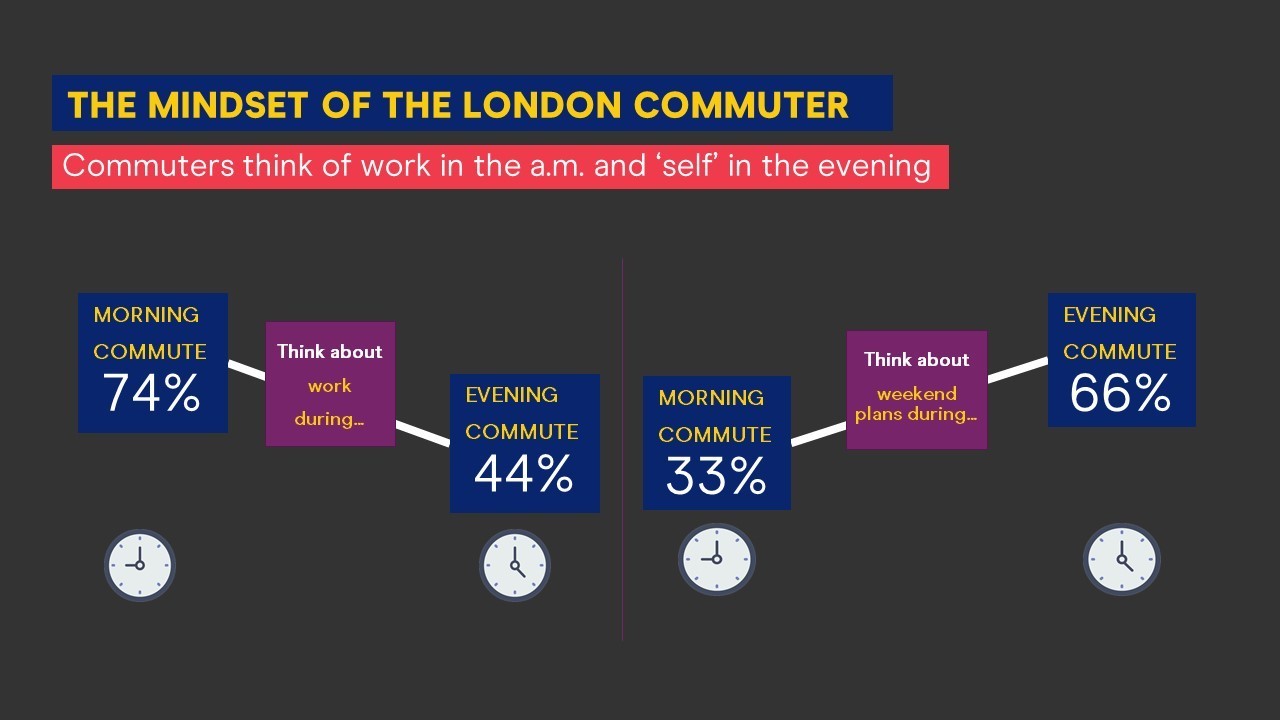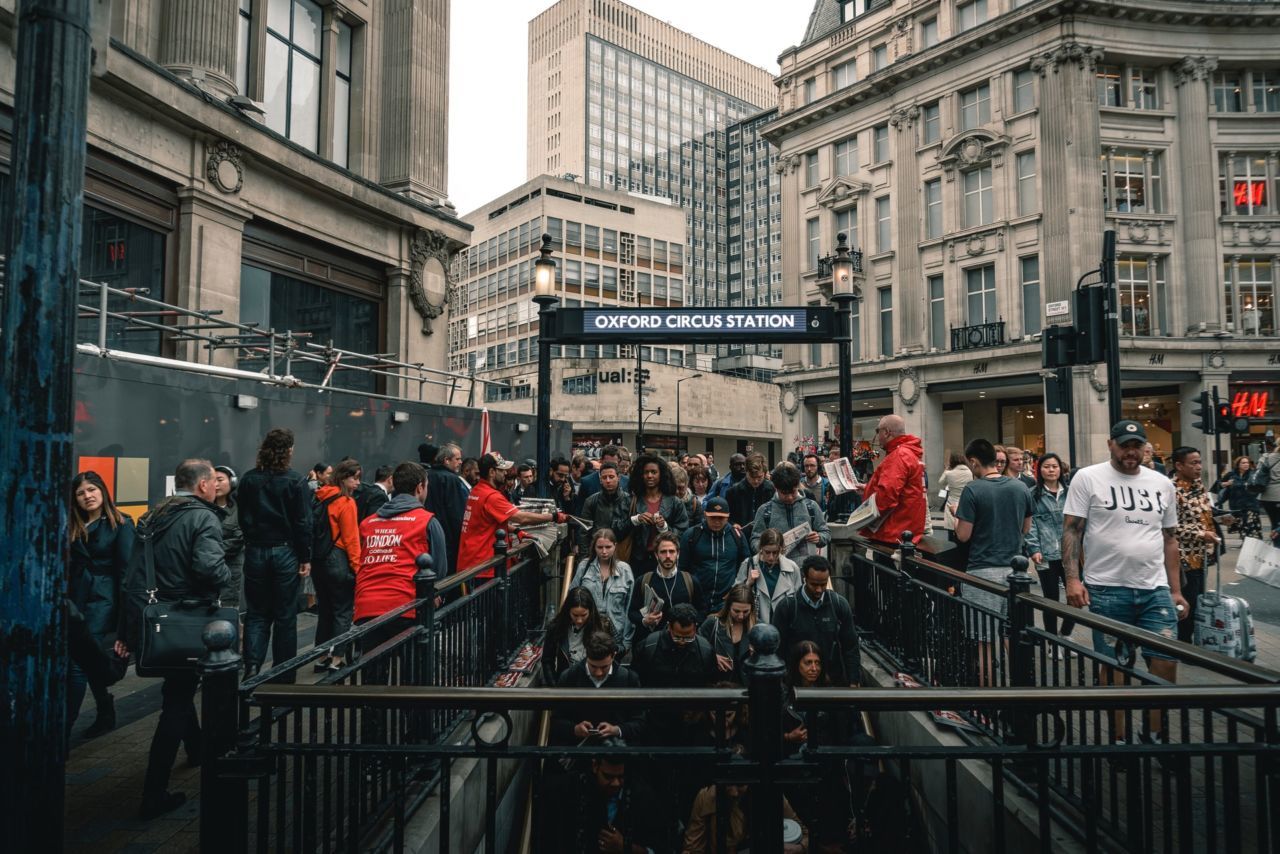- The ESI Insight Team explore the impact of mood and time on advertising
- 4-7pm is an ideal time for marketers to target London’s valuable consumers with messaging which cuts through
Marketers understand that mood affects how we purchase and consume their products, but perhaps fewer will have considered the impact of mood on their advertising. Research suggests that a positive frame of mind could be a key factor in increasing mental availability, receptivity to messaging and, ultimately, more impactful campaigns. Work conducted in the UK and US by Yahoo in 2017, ‘Receptivity of Emotions’ claims that reaching consumers when they are feeling upbeat could increase the effectiveness of advertising by 24%.1
Mood is obviously impacted by many external factors, from the state of the weather, the activity being undertaken to the time of day. The IPA TouchPoints study collects mood data as part of its diary app. Analysis of the 2017 IPA TouchPoints data shows that published media has a positive uplift effect on mood-states. For example, when reading newsbrands or magazines, either in print or digitally, readers are significantly more likely than average to state they’re feeling confident (+10%).1
Added to that, a study by Neuroskeptic, which was published in the Journal of Personality, surveyed 5,447 people from 20 different countries and found that people are happiest around 7pm. 2
So reaching consumers at the right time and in the right mood will increase receptivity of the advertising message and effectiveness of the campaign.
The Evening Standard’s own research supports the hypothesis. We looked at the mind-set of commuters in the morning versus the evening. Before work we are more likely to be task focused, thinking about what we need to do, while the evening commute is more likely to see us focused on entertainment and leisure activities.

Qualitative work carried out this year with research agency House 51 confirmed our hypotheses (from positive psychology literature) about the 4-7pm time slot and the favourable context in which London commuters read the Evening Standard.
- In the morning people generally have more energy. But this energy is more narrowly focused on preparing for the working day ahead. There is less headspace and motivation for planning home and leisure life or ‘designing happiness’ (i.e. low mental availability)
- At 4-7pm people are generally more relaxed, more positive, more pleasure focused and open to ideas and possibilities (i.e. high mental availability)
We also conducted a large quant study with YouGov which confirms the behavioural mind-set. The evening journey is widely recognised as ‘me time’. It represents a clear transition from a work mind-set to a leisure mind-set. So it’s an ideal time for marketers to target London’s valuable consumers with messaging which cuts through.
To find out more about our research, email insight@esimedia.co.uk or how you can work with our brands, email marketing@esimedia.co.uk
1 The Power of Context; Newsworks/Magnetic 2 https://www.goodhousekeeping.com/health/wellness/a32015/happiest-time-of-the-day/


